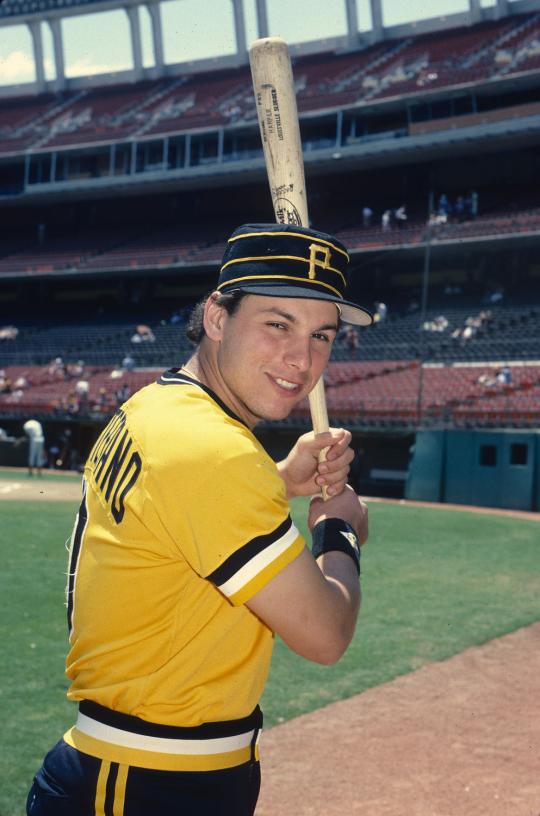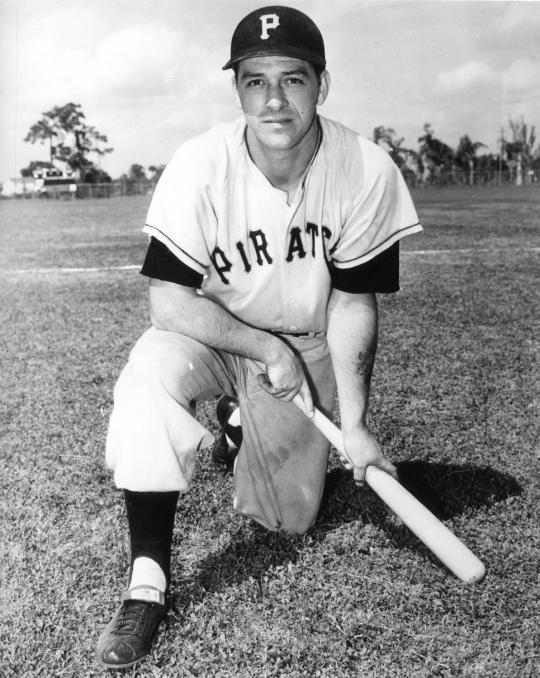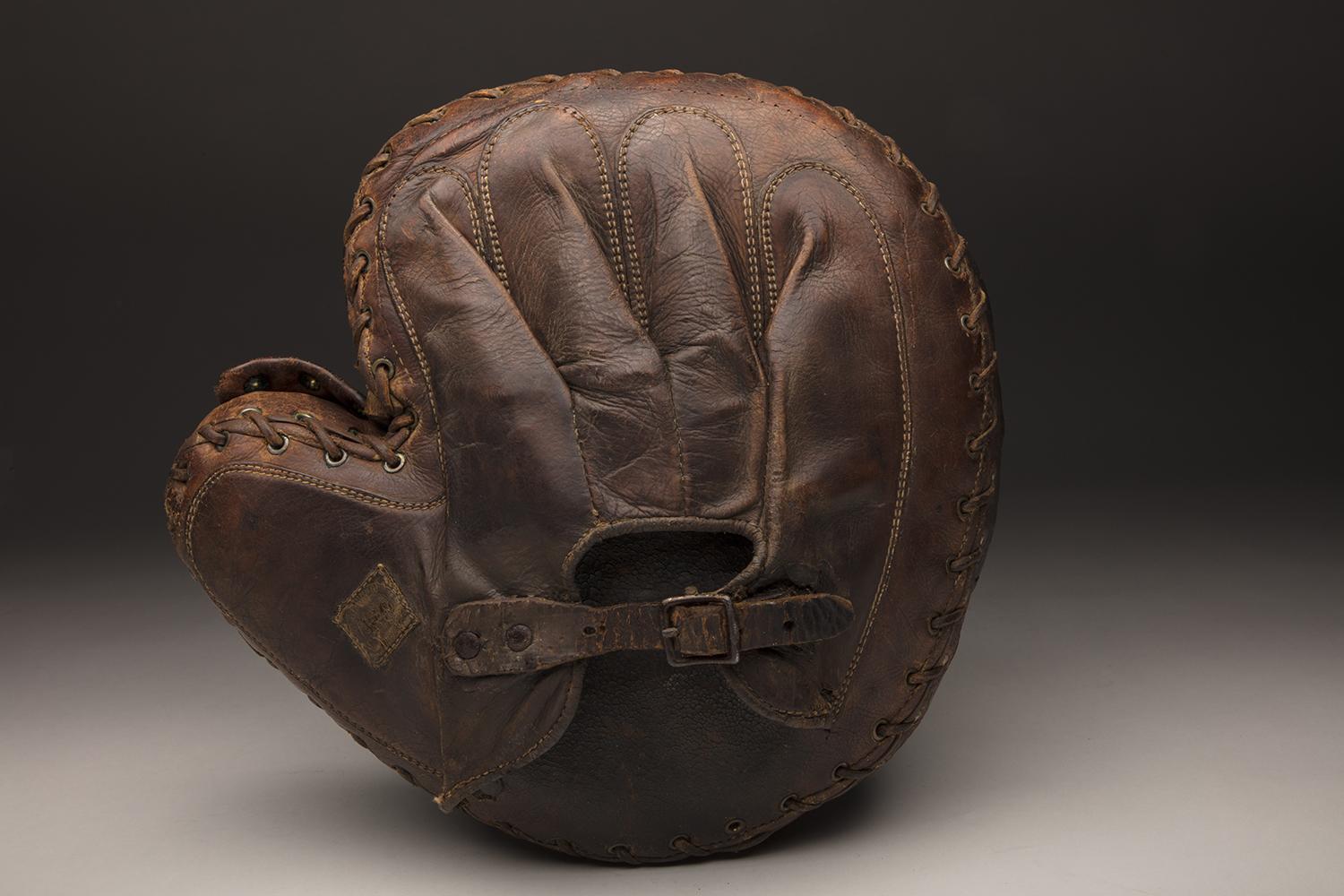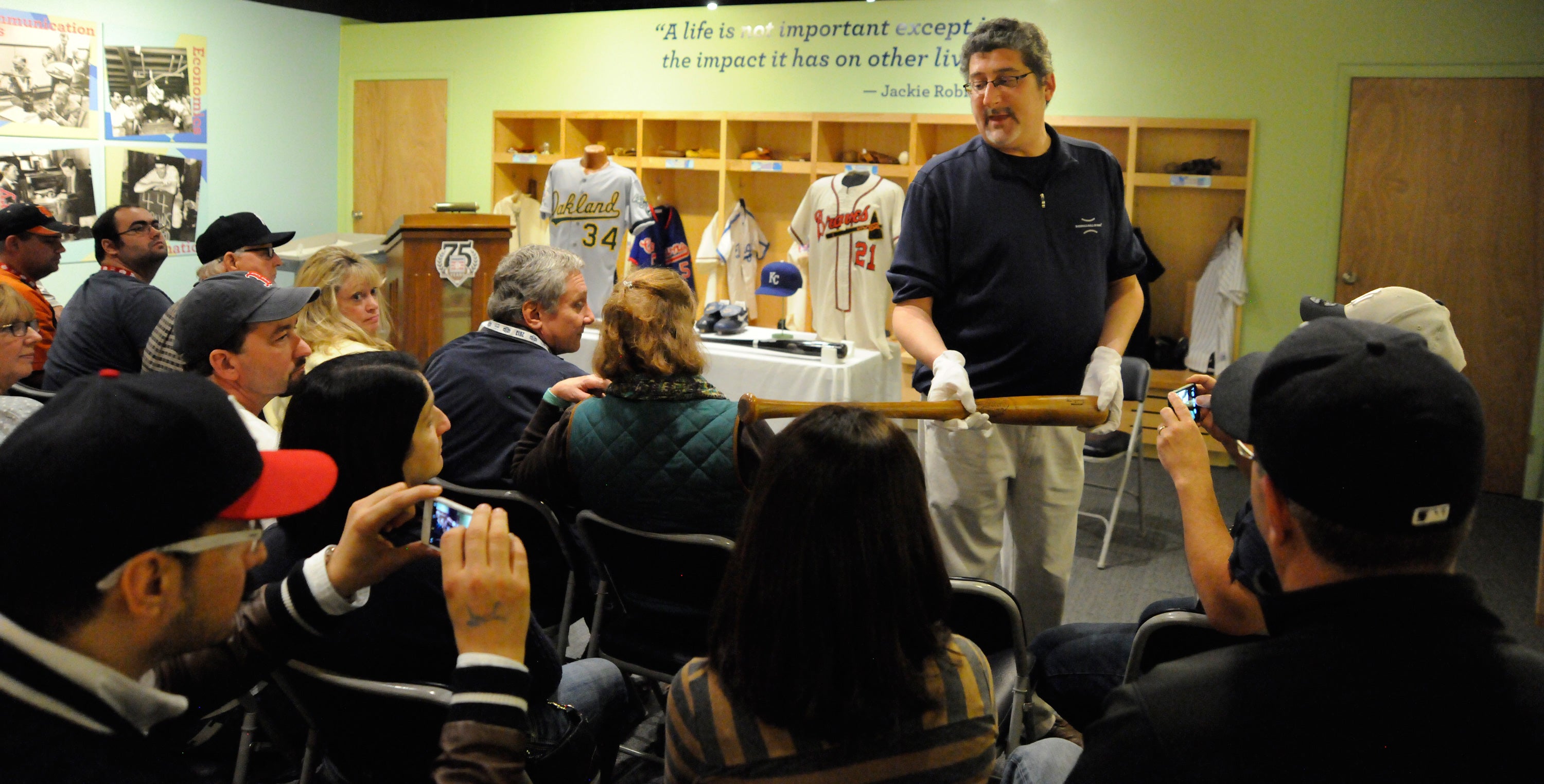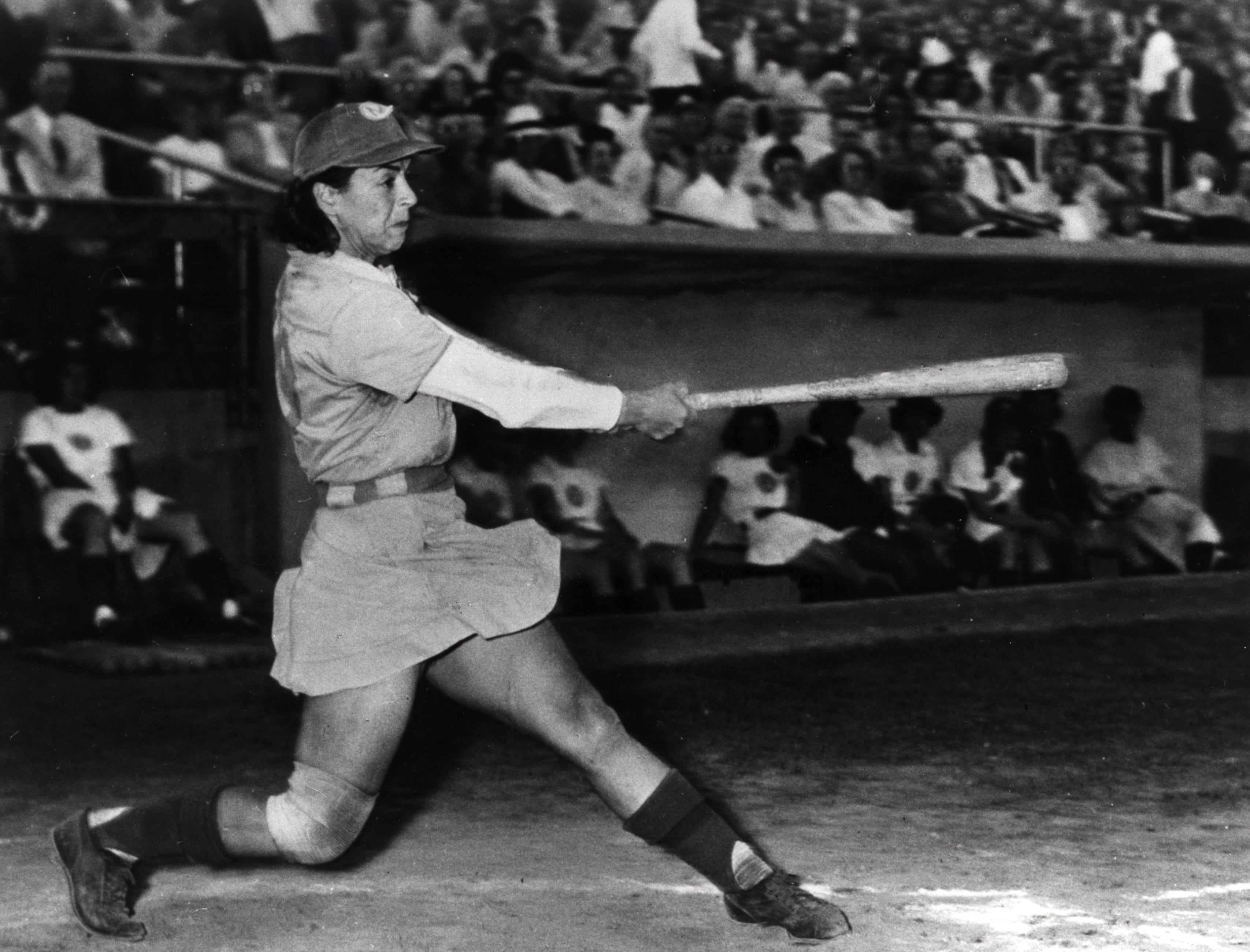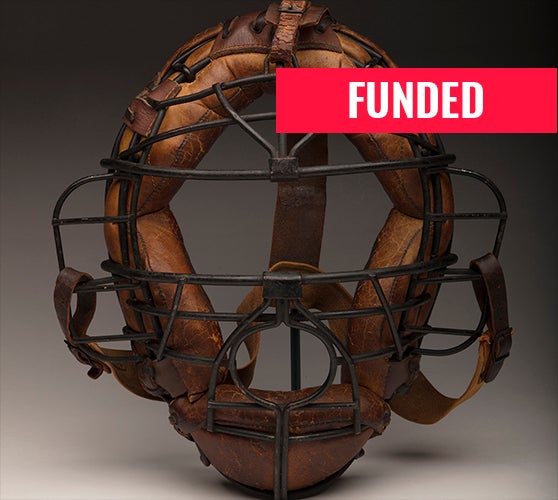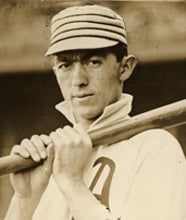- Home
- Our Stories
- Left-handed Catcher’s Mitt Shows Importance of Conservation
Left-handed Catcher’s Mitt Shows Importance of Conservation
The last left-handed catcher to play in the big leagues was Benny Distefano, who caught three games for the Pittsburgh Pirates in 1989.
Before Distefano, there had only been a handful: Jack Clements, Dale Long and Mike Squires to name a few.
Why so few lefties behind the dish? It is a baseball mystery that largely remains unsolved, but in an interview with The New York Times, Distefano posited a couple of theories.
“Bunts toward third base cause problems for left-handed catchers,” he said. “In scampering to grab the ball, transferring it to their left hand and throwing it to either first or second base, their bodies get closed and clumsy. Throws for right-handers are far more open and natural.”
What Distefano identified as the primary issue for left-handed catchers was fielding the position.
Due a dearth of left-handed catcher’s gloves in professional baseball, the former Pirate wore his catcher’s mitt on his right-hand, forcing him to catch throws to home plate backhanded – and thereby slowing down the time he had to make a tag.
For a game that dates back to the 19th century, there simply aren’t many categories that only contain a handful of players anymore.
Records have been surpassed, hit-clubs have grown and streaks have been broken. But the left-handed catcher remains an anomaly. And its story is told in Cooperstown.
Gilbert Cooling, who played on semi-professional teams along Maryland’s Eastern Shore during the early 20th century, caught left-handed for the entirety of his career. He played alongside future Hall of Famer Frank “Home Run” Baker during his time in baseball, before retiring and becoming a high school principal in Barton, Md.
Cooling’s son, Charles, donated his mitt to the Hall of Fame on June 12, 1961 and it was conserved in 2007.
Hall of Fame Membership
There is no simpler, and more essential, way to demonstrate your support than to sign on as a Museum Member.
“The Cooling mitt is one of only four in the permanent collection, which contains over 600 gloves. In the early days, many left-handed catchers used right-handed mitts, which made it awkward to catch and maneuver behind the plate,” said National Baseball Hall of Fame and Museum Director of Collections Sue MacKay. “We can learn the history of baseball through the examination and research of the evolution of equipment by studying the innovations that stood the test of time.”
The A.G. Spalding mitt, which dates back to 1910, was surfaced cleaned, humidified and reshaped, had its pockets restrung, fingers padded and corrosion reduced on the islets. Now conserved in the condition it was used in, the mitt serves not only as a symbol of one of baseball’s enduring questions, but the value of conservation.
“It is important to preserve these types of artifacts for future generations to understand that small details can have a large impact on the game,” MacKay said.
In 2016, Cooling’s glove was used in the Hall of Fame’s first Care and Conservation Workshop, a two-day event hosted by the Museum’s Collections department. Now in its second year, the Workshop continues to educate participants on the proper way to conserve their artifacts – from left-handed catcher’s mitts to baseball cards – so they can live on forever. For more information, click here.
Gilbert Cooling might not have ever made it to the big leagues, but his story remains alive in Cooperstown – thanks to an artifact that is virtually one of a kind.
Alex Coffey was the communications specialist at the National Baseball Hall of Fame

